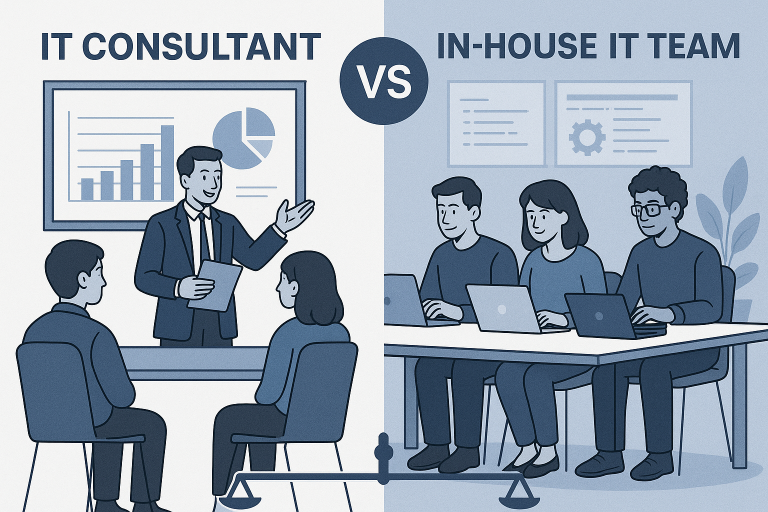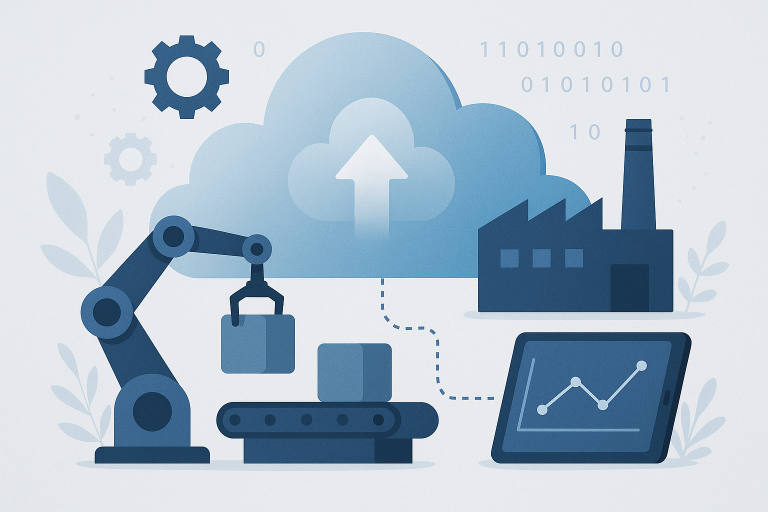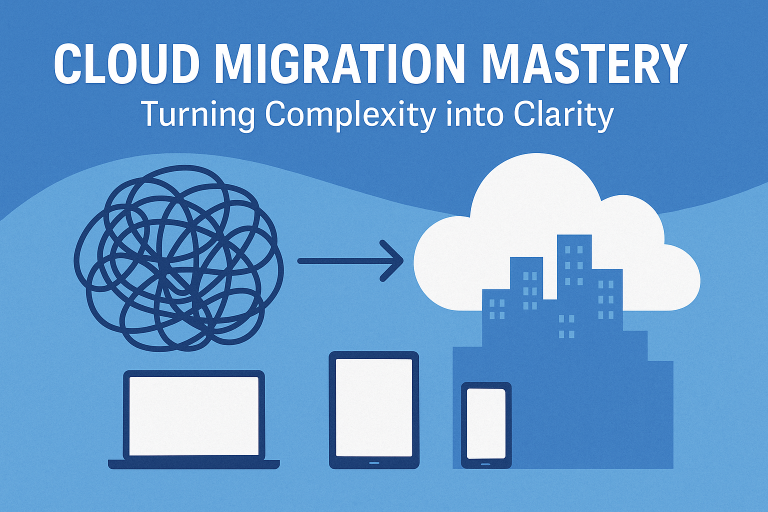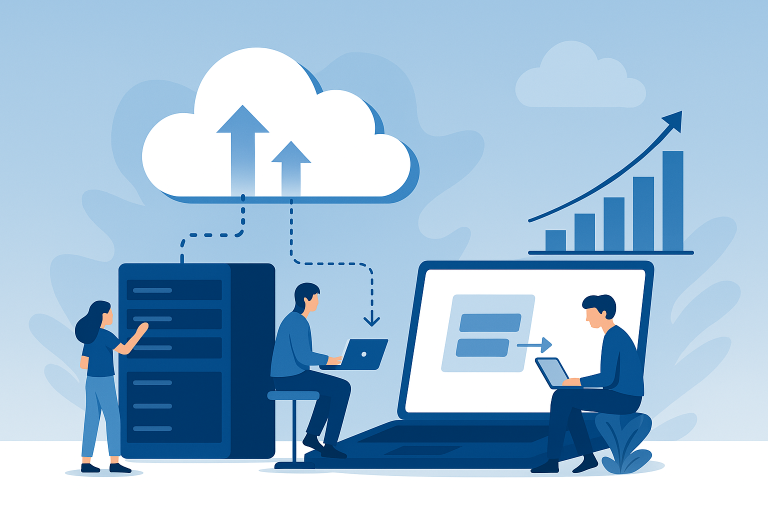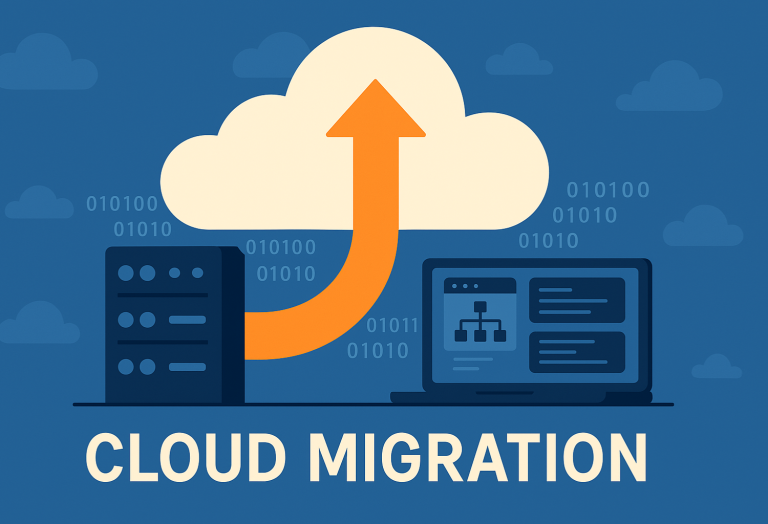
Over time, cybersecurity is one of the most crucial aspects for every business. And cybersecurity preparedness is something that cannot be neglected. You can’t wait for an actual crisis to occur. Organizations must urgently enhance staff cybersecurity awareness to prepare for inevitable threats. Remote work has created opportunities for cybercriminals, making cybersecurity more challenging for organizations. Here are some of the critical cybersecurity trends that can be protective for companies in the coming year. With 2022 approaching, here’s how to prepare your organization for cybersecurity challenges.
1. Ransomware
Ransomware attacks have surged since the pandemic disrupted business operations. Global ransomware attacks rose by 151% in the first half of 2021 compared to 2020.
To prevent your organization from ransomware scourge, you need to have a proper understanding of what exactly is ransomware. How it can infect your system, and how to prevent them. Ransomware is actually a malware that encrypts sensitive files once inside a company’s network. This activity makes those files unusable, and the systems that rely on that information to run fail to function properly. So, the cybercriminals get a chance to demand a ransom in exchange for decryption.
One of the vital reasons behind this increase in ransomware attacks is the quick shift to remote work culture. Traditional on-premise operating networks are more secure and reliable compared to remote network access. The rapid shift to remote work left organizations with unsecured access systems. In the remote work era, organizations struggle to close network vulnerabilities, allowing threats to slip through. Organizations may also miss the security patches and critical vulnerability updates, which lead to potential vulnerabilities in the network. Remote work often requires VPN access, which can introduce additional vulnerabilities.
In the case of cloud-based organizations, the security challenges can happen due to misconfigurations, insufficient credentials, and access management.
To get rid of these cybersecurity challenges, you need to create defined vulnerability programs to identify and mitigate vulnerabilities more efficiently. And, to achieve this goal, first, they need to find and understand the organization’s threat surface. Plus, they also need to find and hire the right staff who understand the basics of vulnerability management.
Additionally, organizations can also go for hiring third-party specialists (IT infrastructure consulting services) to help them map out the threat surface and identify ways to fill the cybersecurity gaps effectively.
2. Old Attacks, New Targets
Cybercriminals reuse old tactics in new forms to steal sensitive information from companies. Cybercriminals keep using the same attacks, but continuously upgrade techniques and monitor networks for vulnerabilities.
One of the recent and prominent evidence of such is the T-Mobile attack in August 2021. The hacker of this cyber-attack explained that he was able to steal sensitive customer information through unprotected routers started in July for the organization. Within a very short time, he had stolen millions of files and sold many of them online by August 16th.
So, it is quite clear that regular surveillance like security log monitoring, log aggregation, and managing security logs from your connected devices are vital security features. For effective cybersecurity, logging and monitoring are some of the crucial policies that an organization should implement across its network to know about every event when it happens. Another important feature is the reduction of the time to respond—it not only minimizes the impact of a cybersecurity incident but could also discourage cybercriminals from targeting your organization in the future.
In 2022, organizations need to explore their security log monitoring and work towards improving their cybersecurity policies. Cybersecurity is complex and requires expertise, budget, and specific skills, so it’s best to consult experts for effective measures.
3. The Human Factor
Workforces are crucial for every organization and still an organization’s weakest link. There are multiple ways your human resource can be a risk factor for your organization; not patching systems or remediating vulnerabilities, or falling victim to phishing scams, are some of the common instances. All these reasons make employee education a critical aspect of an organization’s cybersecurity efforts.
According to the latest study, about 88% of data breach incidents occur due to mistakes employees make. And, as threat actors also know this, they reapply old attacks on new targets. So, it is not enough to use expensive security solutions — organizations need to implement them correctly and keep them updated without a miss for ultimate protection. Even missing just one update can open a business up to different vulnerabilities that can grow in complexity and size over time, exposing the company to various malicious threats.
In 2022, organizations will focus more on employee training to prevent errors that lead to data breaches or theft.
Protecting Your Organization
To keep your organization safe from cyber-attacks, you need to effectively prepare your organization against the threat of cyber-attacks, which requires increased visibility of the threat surface. This helps identify vulnerabilities, allowing timely measures to mitigate threats and strengthen security.
From increasing awareness in the field of cyber-attack attempts, their effects, and preventive measures to better educate your employees about existing threats and traps of the hackers, all these can help you to keep your organization protected from the evolving threat landscape. You can consider IT infrastructure consulting services to get help to build greater awareness among staff and create plans to build a better cybersecurity framework for your organization. You can go for services like penetration testing, social engineering and ransomware preparedness services to have a proactive approach to cybersecurity.
